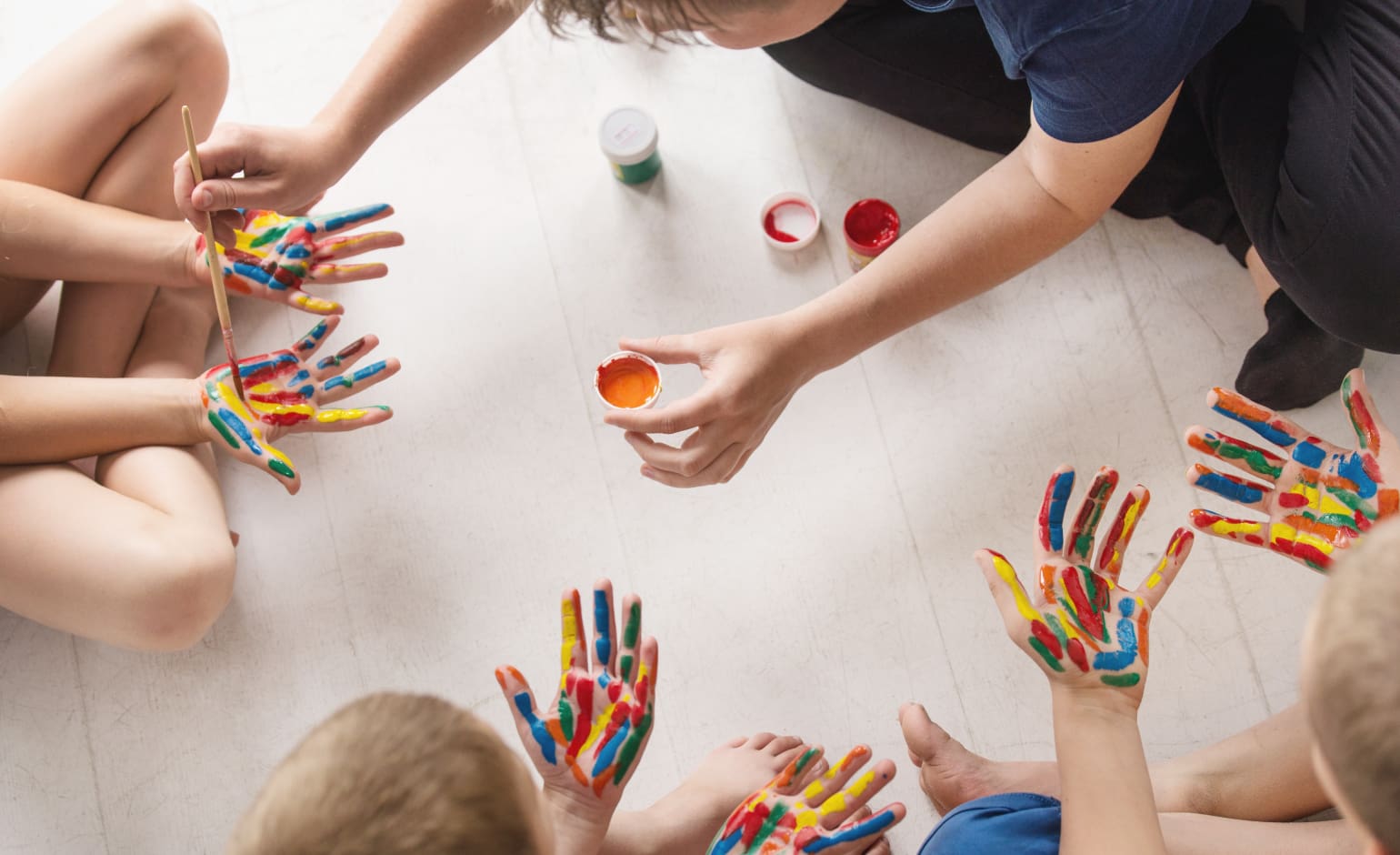Autism Spectrum Disorder and Social Skills
According to the DSM 5-TR (the manual psychologist and neurologist use to diagnose ASD) One of the main features of Autism Spectrum Disorder are “Persistent deficits in social communication and social interaction across multiple contexts”
But truly what are Social skills? And do children really need to have these skills?
Suppose that your child is surrounded by peers and some of them are providing eye contact, smiling at him/her, and are signaling with their hands that they want him/her to join them in play. How about the flipside, imagine a group of children in a corner, rolling their eyes, crossing their arms, and not engaging in much reciprocal (back and forth) conversation. Wouldn’t it be important for the child to understand and therefore identify which group are open to accepting new members in their game and which are not? Of course, all of this would be much easier if people would stop using all of these mixed gestures and would simply literally just say the things they feel and want 🙄
But while we are trying to create a world that is more like that, we have to realize that presently this is the world we live in, one that contains metaphors, idioms, humor, inferences, and multiple meanings.
We once knew a kiddo who was continuously bullied in school, and he could not understand why. When we asked him why? he responded, “I don’t know why, I don’t get it, I do silly things and my friends laugh at me, and then they call me names and don’t want to play with me”. We then found out that this child experienced difficulties differentiating between children laughing “AT” him and children laughing “WITH” him (there’s a difference between those who want to be friends and others who are simply ridiculing you).
Social skills include the use of:
- Back and forth conversation-sharing of interests even when they aren’t our own interests and initiating and responding to social interactions (greetings, responses to questions such as “how was your day”)
- Use of eye contact and facial expressions (ex: if someone says something that is sad, it would not be appropriate to laugh or smile)
- Understanding of gestures (ex: when someone crosses their arms, or seems embarrassed or uncomfortable, knowing what to say or do)
- Sharing imaginative play and interest in interacting with peers
- Understanding, developing, and maintaining social relationships (ex: concept of friends/non friend, best friends etc.).
- Understanding “rules” of conversation (ex: taking turns in conversations, rephrasing when misunderstood, use verbal and nonverbal signals to regulate interaction)
- Understanding things that are not explicitly stated (metaphors, multiple meanings that depend on the context for interpretation, etc.).
- Flexibility with change in routines or when things don’t go their way (ex: tolerance when losing games or if a friend decides to play with a different friend)
But social skills are not easy to teach! Mostly because research has shown that video and story use of building social skills is NOT effective.
What is the best way to build social skills? GETTING SOCIAL of course.
Setting is everything.
Which is why we have launched our new Early Intervention ABA program at our Doral location where we still provide the 1:1 intensive ABA program our kiddos need but in a social setting!
Below we have 4 things you can do in social settings to promote social skills;
- 1. Provide a reinforcer, feedback, and celebrate their strengths. Find a reinforcer that “works” and provide the reinforcer immediately after they display the social behavior you are helping them learn-Remember to slowly fade this reinforcer once they achieve success in order to prevent dependency on it.
- 2. Repeat, rehearse, and repeat. Model behaviors you want them to learn and then ask them to repeat it!- If they have a sibling you can help them use these skills with their sibling and vice versa.
- 3. Patience! Remember that even though these tasks may seem obvious or easy for you it may be difficult for them, all teachings should be based on building successive small approximations to the end result (something we like to call shaping!)
- 4. For older kiddos, process social interactions with them and help them understand what some of the idioms, metaphors etc.. truly mean. (Ex: “it’s raining cats and dogs” means it’s raining a lot).
- 5. Find a play date, change the setting. Go to a park or other social situations so they can practice their skills. This helps for generalization purposes too!

